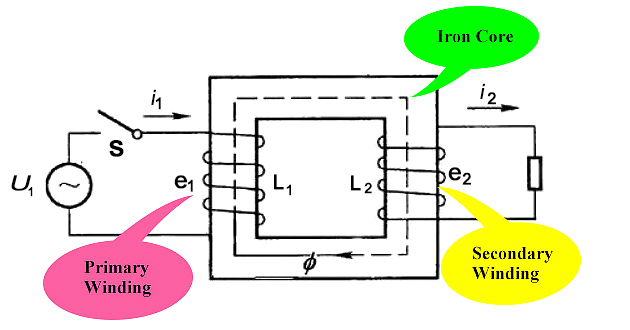How Does Transformer Work?
For more than a century, the transformer has been working as an essential element in electrical power distribution systems, both for industries and businesses, as well as for homes. If it were not for transformer, it would be necessary to shorten the distance between power plants and the different types of consumers, so we can say that this device really makes electricity distribution more efficient.
Today, you will learn a little more about the working principle of step up and down transformer in steptransformer.com. Let get started.
Transformer is the device to exchange AC voltage, current and impedance, when alternating current goes through the primary coil, the iron core (or magnetic core) will produce AC magnetic flux so that the secondary coil could induce voltage (or current). Transformer consists of iron core (or magnetic core) and coils, the coils include two or more than two windings, the winding which is connected to the power supply is called the primary winding coil, the remaining windings are called the secondary coil.
Power transformer mainly applies electromagnetic induction principle to work, the working principle details are as follows: When the primary side of the transformer is applied with the alternating voltage U1 and the current flowing through the primary winding is I1, then the current will generate alternating magnetic flux in the iron core to generate electromagnetic connections between the primary winding and the secondary windings.

According to the electromagnetic induction principle, electromotive force will be induced when the alternating magnetic flux goes through these two windings, the magnitude of electromotive force is proportional to the winding turns and the maximum main flux, the voltage of more winding turns is high and the voltage of less winding turns is low, when the secondary side of the transformer opens circuit, that is to say when the transformer is no-load, the first and secondary end voltage is proportional to the number of the first and secondary winding turns, that is U1 / U2 = N1 / N2, but the primary and secondary frequency stays the same to realize the change of voltage.
As you may have realized, the importance of having quality transformers in an electrical distribution system is something that cannot be overlooked, since transformers are a vital component to guarantee good electrical service and network security.
If you are looking for quality in a power transformer, ATO may be provide the solution you need with the guarantee of quality and support.
